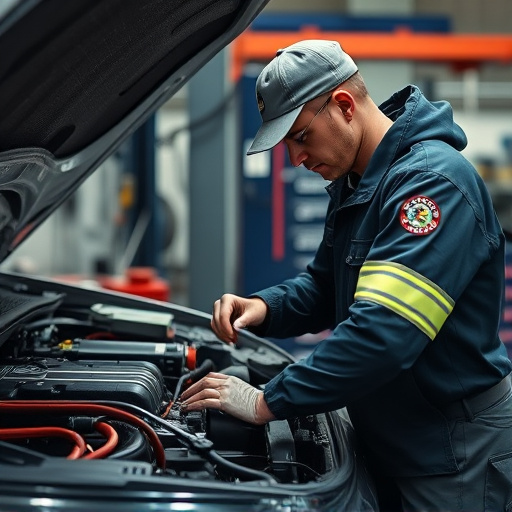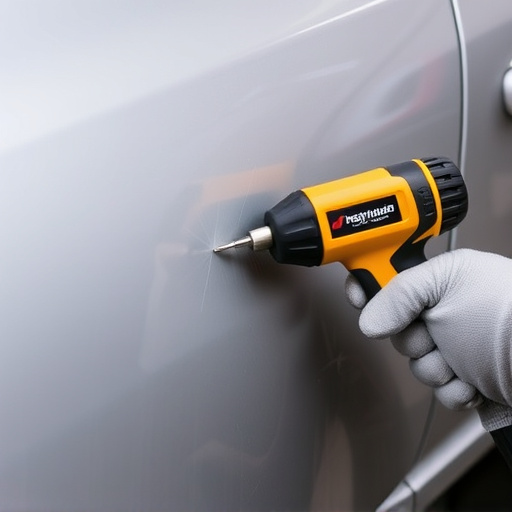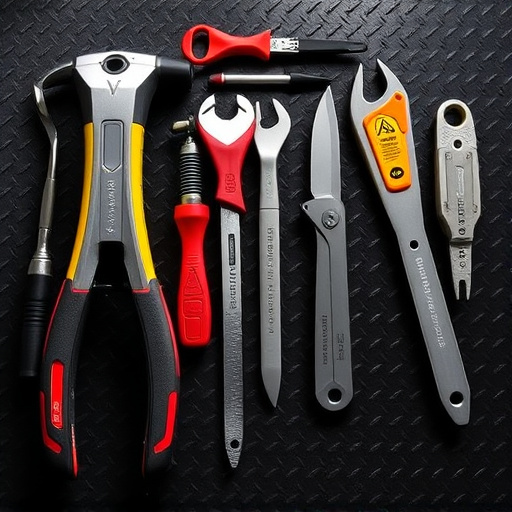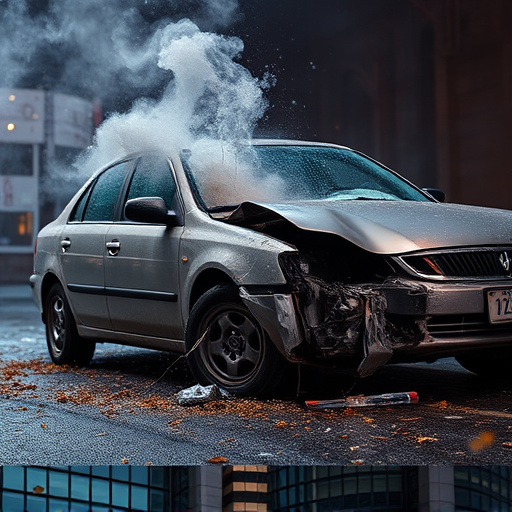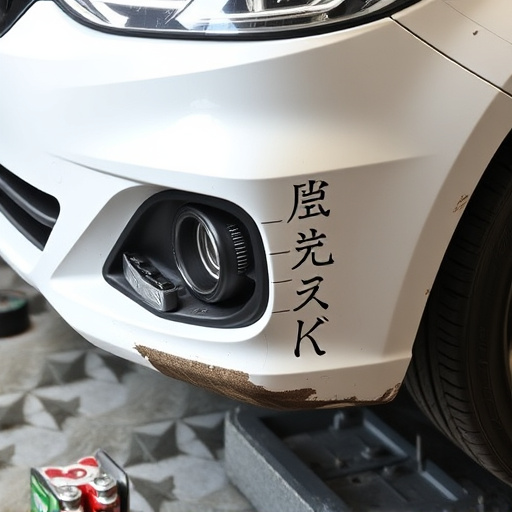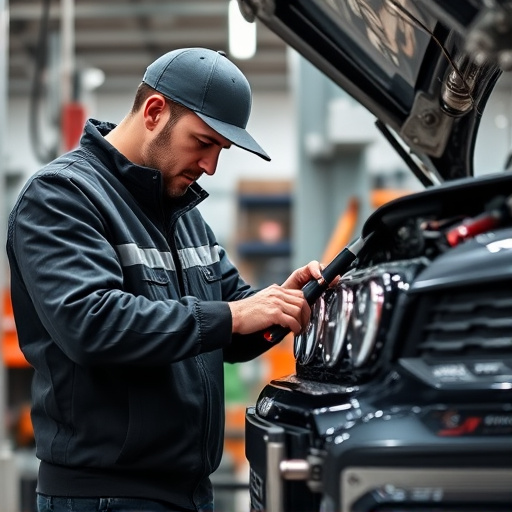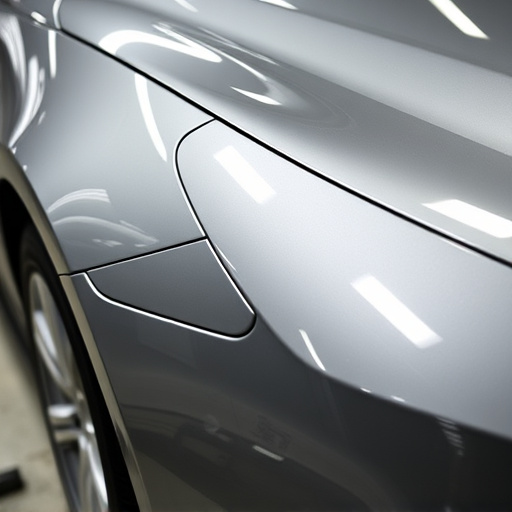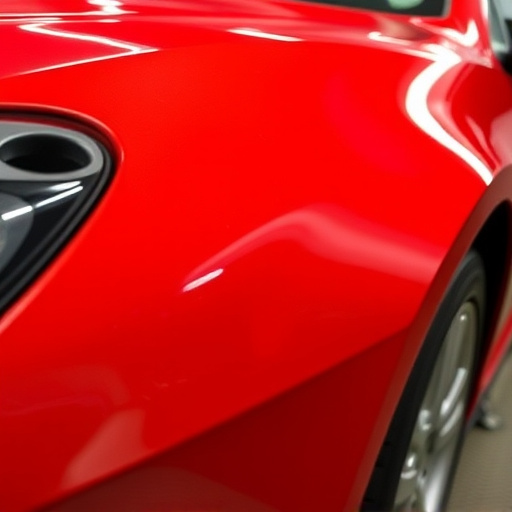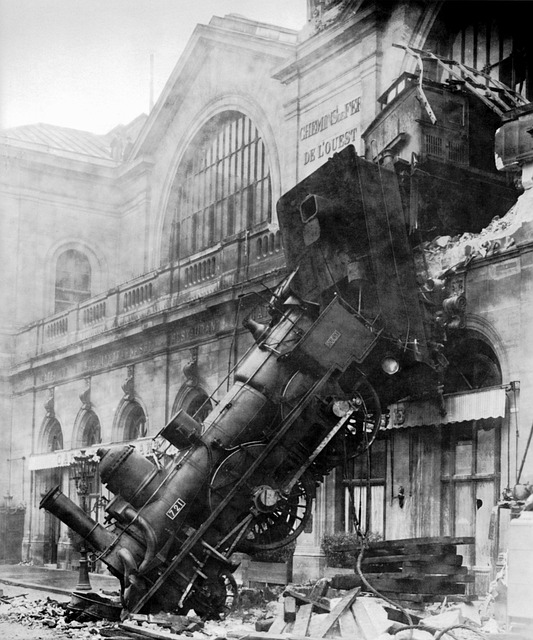Advanced data analytics and digital tools, including 3D scanning and high-resolution imaging, are transforming post-accident frame analysis in automotive repair. These innovations enable more accurate damage assessment, predict structural integrity, optimize repair methods, enhance vehicle restoration, increase safety, streamline processes, and improve customer satisfaction. Digital advancements like 3D modeling and simulation have rendered traditional manual inspections obsolete, revolutionizing claims management and collision repair efficiency.
Digital advances are transforming post-accident frame analysis, revolutionizing the way we assess damage and manage claims. By leveraging advanced data analytics, we can uncover hidden insights from collision data, enhancing accuracy and efficiency. 3D modeling and simulation bring abstract concepts to life, visualizing impact scenarios for better decision-making. Streamlined claims management processes, powered by technology, reduce paperwork and speed up settlements. This evolution in post-accident frame analysis promises a future of faster, smarter, and more accurate repairs.
- Unlocking Insights: Advanced Data Analytics
- Visualizing Impact: 3D Modeling and Simulation
- Streamlining Processes: Efficient Claims Management
Unlocking Insights: Advanced Data Analytics

In the realm of post-accident frame analysis, advanced data analytics is unlocking a new frontier of insights that were previously impossible to attain. Modern digital tools enable detailed scrutiny of vehicle damage, beyond the naked eye’s capabilities. By leveraging sophisticated algorithms and machine learning models, experts can now analyze complex data sets generated from 3D scanning, laser measurements, and high-resolution imaging. This transformative approach ensures that every angle and subtle deformity is considered, leading to more precise assessments.
The application of these technologies in auto body repair and frame straightening processes is profound. It allows for the identification of hidden damage, the prediction of structural integrity, and the optimization of repair methodologies. Through data-driven insights, technicians can make informed decisions, ensuring that vehicles are restored to their pre-accident condition with enhanced safety and efficiency. This level of precision not only streamlines vehicle repair but also instills confidence in both repair facilities and customers alike.
Visualizing Impact: 3D Modeling and Simulation

In the realm of post-accident frame analysis, digital advances have revolutionized the way we visualize and understand impact. One of the most significant tools emerging from this transformation is 3D modeling and simulation. By employing advanced scanning technologies, professionals can now capture highly detailed digital representations of vehicle bodywork, providing a deeper insight into the effects of collisions. This allows for more precise assessments, enabling experts to identify subtle yet critical damage that might be invisible to the naked eye.
For instance, companies like Mercedes-Benz Collision Repair have embraced these innovations to enhance their automotive collision repair services. 3D modeling facilitates a comprehensive examination of vehicle structures, ensuring every component is evaluated for potential harm. This meticulous approach not only aids in accurate repairs but also contributes to safer vehicle design and improved safety standards across the industry. As technology continues to advance, the future of post-accident frame analysis looks increasingly digital, promising even more refined methodologies in automotive collision repair and vehicle bodywork restoration.
Streamlining Processes: Efficient Claims Management

In the realm of post-accident frame analysis, digital advances have dramatically streamlined processes, particularly in claims management for both car damage repair and automotive repair services. Traditional methods often involved laborious paperwork, manual inspections, and lengthy communication loops. However, with the integration of advanced technologies, the entire process is now more efficient, faster, and more accurate. Digital platforms enable quicker data collection, from tire services to comprehensive vehicle assessments, through specialized software that captures detailed images and analyzes damage in real-time.
This digital transformation not only expedites claims processing but also enhances transparency for all stakeholders, including insurance companies, repair shops, and policyholders. By centralizing information and automating certain tasks, digital solutions reduce human error, minimize administrative burdens, and ensure that post-accident procedures are conducted smoothly, facilitating faster turnaround times for car damage repair and other related services.
Digital advances are transforming the landscape of post-accident frame analysis, offering more efficient, accurate, and insightful approaches. Through advanced data analytics, 3D modeling, and streamlined claims management, the industry is revolutionizing how accidents are investigated and claims are processed. These technologies not only enhance the visual understanding of incident scenarios but also optimize resource allocation, leading to faster resolutions and improved outcomes for all stakeholders involved in post-accident investigations.
